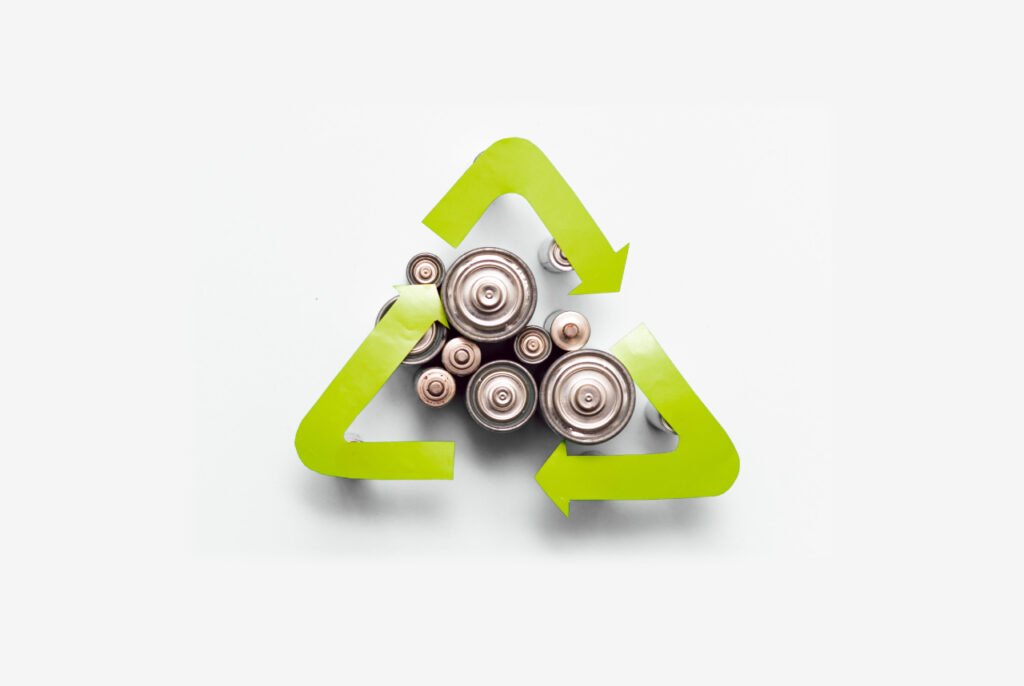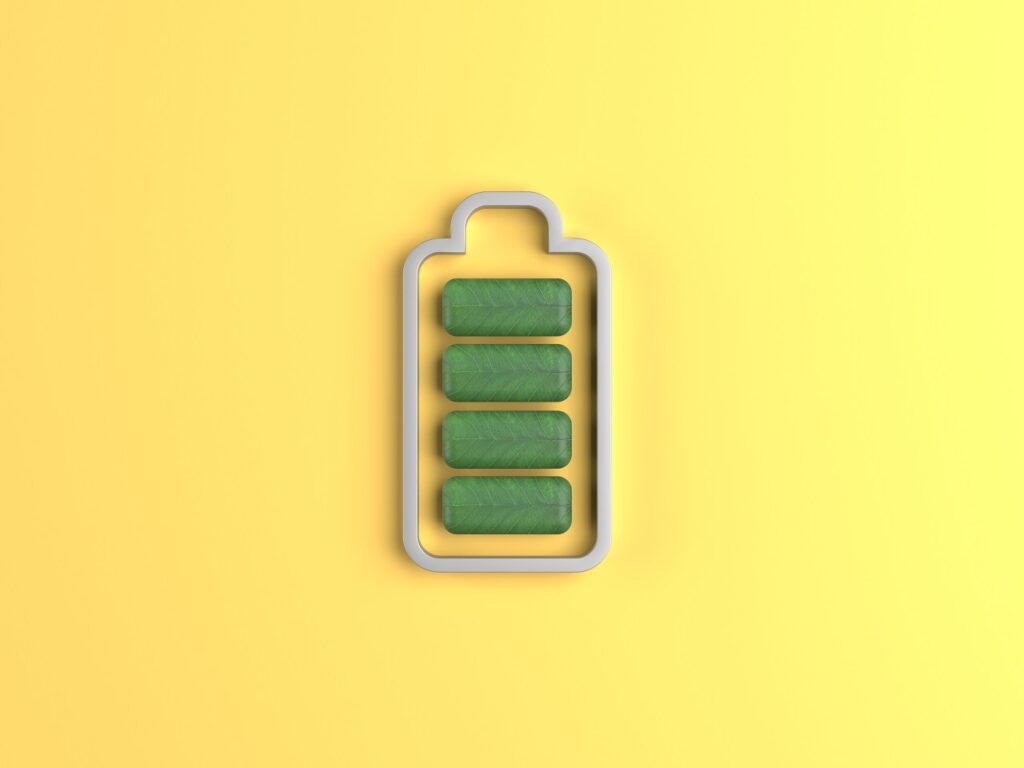Most nations, including India, are moving toward an era of electric vehicles (EVs). The biggest carmaker in the world, General Motors, said that it would stop selling gasoline and diesel vehicles by 2035. German business Audi likewise has plans to stop producing them by 2033.
Many US giants from the automobile industry are in the plans to stop producing the diesel models and petrol-powered vehicles soon. The current big players from the automobile industry include: General Motors USA and Germany’s Audi to take this step forward by 2033.
As the non-renewable resources of energy are depleting at a higher rate, governments have created plans to accelerate the process to bring in the EV technology in the countries and ask the people to adopt it as soon as possible. By 2030, India wants to have 30% of its automobiles on Indian roads be electrified. The FAME 2 (Faster Adoption and Manufacturing of Hybrid and Electric Vehicles Phase II) scheme has allotted a budget of INR 10,000 Cr to encourage EVs in order to reduce pollution and crude oil imports. However, the adoption of this new technology requires stable lithium recovery sources funds, adequate knowledge, skilled engineers, and sufficient infrastructure too.
Startups and automotive industry players are once more stepping up their game to ensure the goal is met when things return to normal. However, the more quickly adoption happens, the more lithium-ion batteries used in EVs are consumed. Moving lithium ions between the anode and cathode, which are both separated by the electrolyte layer, is how these batteries generate electricity. These are rechargeable batteries, which are also utilized by the consumer electronics industry. In actuality, an EV contains about 10 kg of lithium, and the lithium-ion battery accounts for more than 40% of the price of an EV in India.
Many statistical reports state that the lithium reserves are unevenly distributed over the planet where Chile has 58% of the world’s lithium reserves while China has 43% of rare earth mineral reserves and India imports massive amounts of lithium batteries. According to the analysis by The Energy and Resources Institute (TERI), India’s lithium imports surged by roughly 6.5 times between 2010 and 2017. The same topic has been raised in the Lok Sabha earlier where Harsh Vardhan, Union Minister of Science and Technology and Earth Sciences, stated that India bought 450 million units of lithium batteries for 6,600 crores (INR) ($929.26 million) in 2019-2020.
Only two factors, safety and sustainability, continue to be obstacles to LIB consumption expansion. Particularly in India, material loss from fires caused by LIBs and reports of fatalities are increasing, and at the same time, there is a lack of data from the nation regarding battery waste. However, recycling associations abroad report an unexpected rise in the number of fires, the majority of which can be attributed to LIBs.
The question today is, can we build a safe environment and an efficient infrastructure along with an alternative to the battery technologies?
Many dignitaries from the automobile industry have said that aluminum air and solid-state batteries have shown promise but many companies are yet to see them being produced and manufactured at scale.

The hydrogen fuel cell and graphene led supercapacitor technologies, which have found some traction in the Japanese market, are two of the more intriguing and high-potential Li-ion battery substitutes. However, there are apparently several safety issues, processing issues, and supply chain issues with hydrogen fuel cells. They have also indicated that none of the startups have yet been successful in bringing their products to market. The true alternative for lithium-ion technology won’t arrive until someone can surpass the technical requirements of lithium-ion batteries while also mass producing it at a cost that is competitive with lithium-ion technology.
All the industrial leaders are also well aware that building new battery technology is hard, expensive and they require very skilled and talented individuals and thus there aren’t any scalable alternatives yet to lithium-ion battery technology. Some people also think that trying to force-fit a single solution across all sectors will simply make the transition to EVs more difficult and that instead, one needs to develop supplemental or complementary technologies in order to better meet consumer demands.
We at LICO believe there’s always a positive side to every challenge. Though India needs machinery and a ready setup to introduce the EV technology, there have been speculations made that it also can reduce the expense made on account of imported lithium and mining that is carried out for battery materials by choosing the lithium battery recycling option! This way, all the imported and used batteries can be put to use again which keeps the product and the profit-cycle moving!



